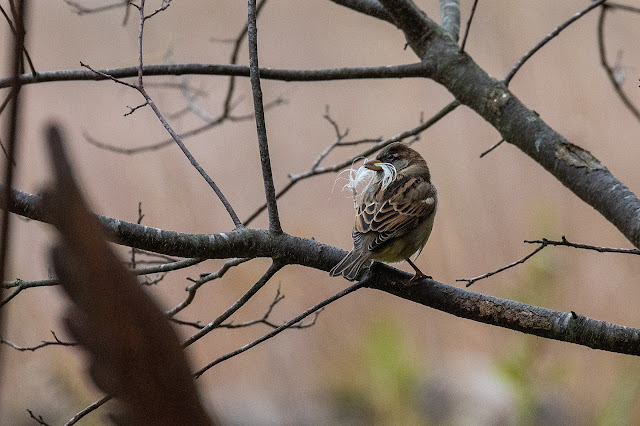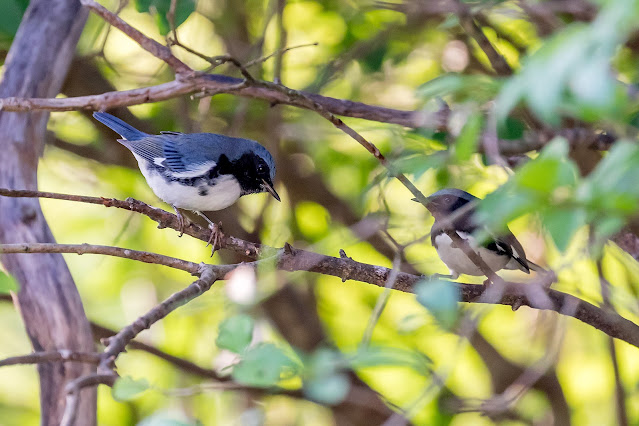Double crested cormorant

Erieau, Ontario, Canada, Oct 27, 2020. Sitting on the dock beside our pontoon boat. Phalacrocorax auritus The double crest of the Double-crested Cormorant is only visible on adults during breeding season. The crests are white in cormorants from Alaska and black in other regions.












